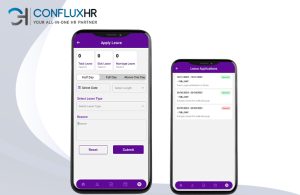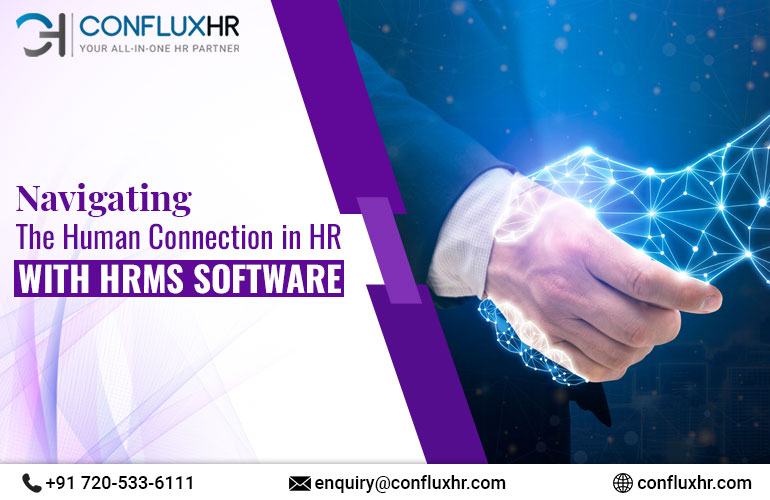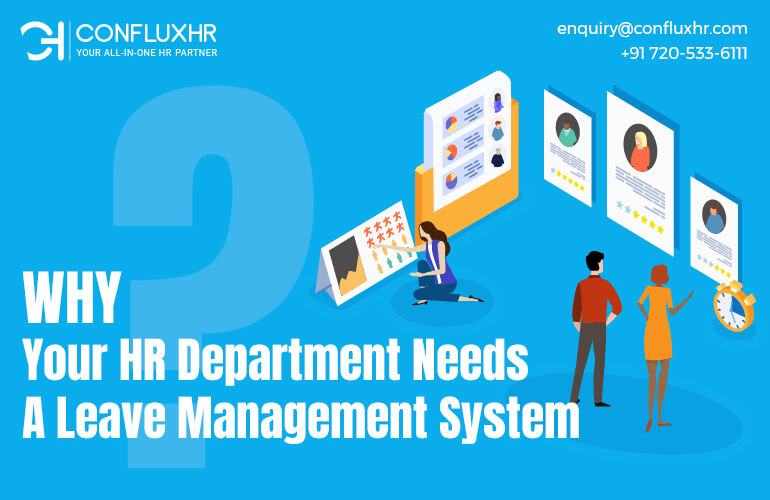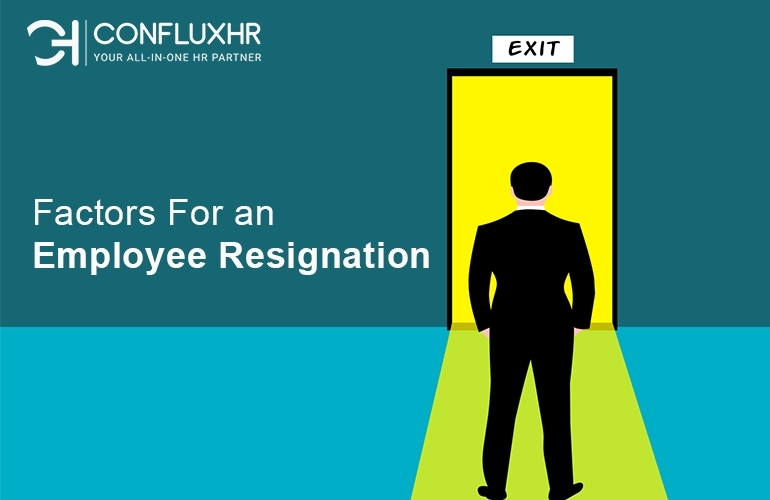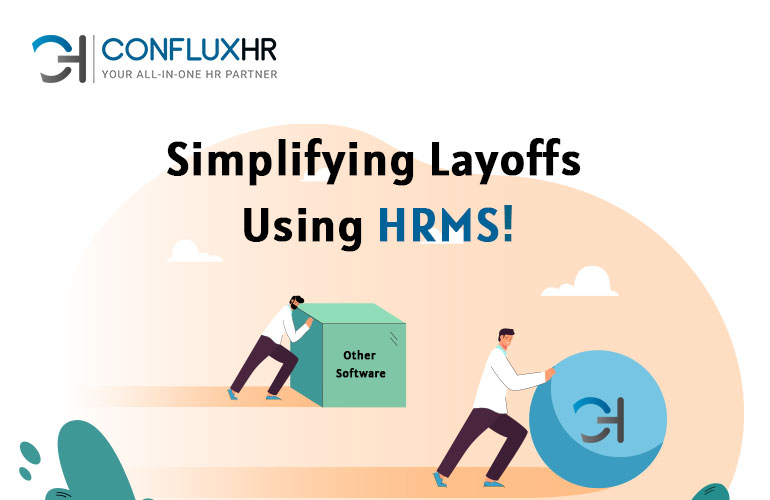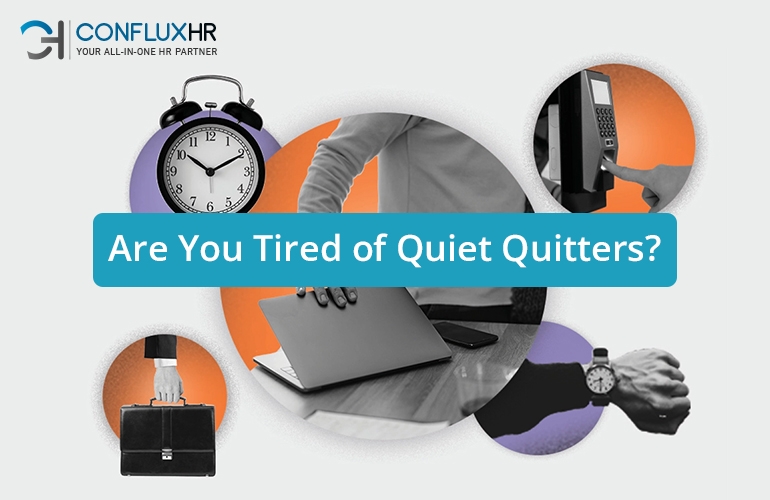Gone are the days of overflowing spreadsheets and mountains of paperwork. In today’s fast-paced business world, a robust HR Leave Management System (LMS) is no longer a luxury – it’s a necessity. But with many options available, choosing the right system can feel overwhelming.
Fear not, fellow HR professionals! This blog post serves as your practical guide, unveiling the top 5 features you need in your LMS and tips for selecting the perfect fit for your organization.
Must Have Features In Your LMS
Intuitive User Interface and Self-Service Capabilities
Let’s face it: no one enjoys navigating labyrinthine software just to request a leave of absence. A user-friendly interface is paramount, allowing employees and HR personnel to navigate the system quickly. Think drag-and-drop leave requests, clear leave calendars, and mobile accessibility for on-the-go management.
Automated Workflows and Approval Processes
Streamline your leave management process with automation! Look for a system that automatically calculates leave balances, routes requests to the appropriate approvers, and sends real-time notifications. This saves HR time and effort and keeps everyone informed and updated.
Customizable Leave Policies and Accruals
No two organizations are alike, and neither should their leave policies. Choose a system that allows you to tailor leave types, accrual rules, carryover policies, and even department-specific regulations. This flexibility ensures that your LMS adapts to your unique needs.
Mobile Accessibility
In today’s mobile-centric world, flexibility in accessing systems is crucial. Ensure your HR leave management system is mobile-friendly, allowing employees to request leaves and managers to approve them. Mobile accessibility enhances the overall user experience, increases responsiveness, and ensures that location constraints do not hinder the leave management process.
Seamless Integration with Existing HR Systems
Don’t get bogged down with data silos! Your LMS should seamlessly integrate with your existing payroll, timekeeping, and HRIS systems. This ensures effortless data exchange, eliminates manual data entry, and provides a holistic view of your workforce.
Also, consider factors like scalability, security, and vendor support when deciding.
Choosing the Right LMS for Your Business
Now that you’re armed with the essential features, here are some additional tips for finding the perfect LMS for your organization:
- Identify your specific needs and challenges. What are your pain points with your current system? What are your goals for a new LMS?
- Set a budget and timeline. LMS solutions come in various price ranges, so be realistic about your financial constraints.
- Request demos and compare features. Don’t be afraid to test-drive different systems before committing.
- Read reviews and case studies. See what other businesses are saying about different LMS options.
- Choose a vendor with a good reputation and track record. Make sure they offer adequate support and training.
- Use the free trial period judiciously of HRMS and then decide.
Key TakeAway
By following these steps and prioritizing the five key features outlined above, you’ll be well on your way to selecting an HR Leave Management System that elevates your organization’s efficiency, employee satisfaction, and overall well-being. Remember, a happy and well-rested workforce is a productive one!
Manage HR effortlessly with ConfluxHR’s free trial. Leave, attendance, payroll & more in one place.



